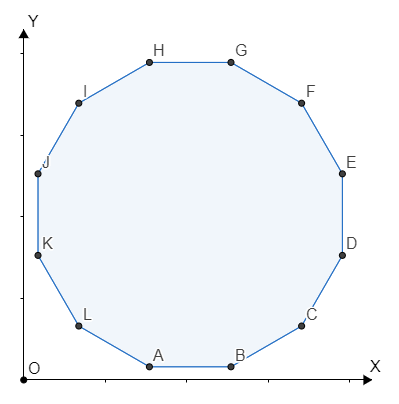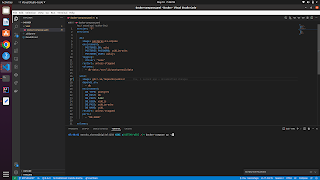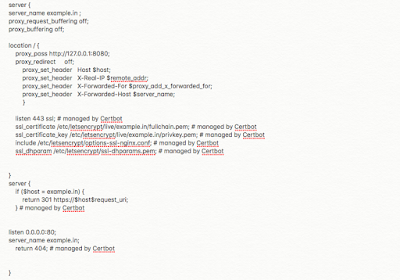A. FashionabLee
A. FashionabLee
time limit per test
2 seconds
memory limit per test
256 megabytes
input
standard input
output
standard output
Lee is going to fashionably decorate his house for a party, using some regular convex polygons...
Lee thinks a regular -sided (convex) polygon is beautiful if and only if he can rotate it in such a way that at least one of its edges is parallel to the -axis and at least one of its edges is parallel to the -axis at the same time.
Recall that a regular -sided polygon is a convex polygon with vertices such that all the edges and angles are equal.
Now he is shopping: the market has regular polygons. For each of them print YES if it is beautiful and NO otherwise.
Input
The first line contains a single integer () — the number of polygons in the market.
Each of the next lines contains a single integer (): it means that the -th polygon is a regular -sided polygon.
Output
For each polygon, print YES if it's beautiful or NO otherwise (case insensitive).
Example
input
Copy
4 3 4 12 1000000000
output
Copy
NO YES YES YES
Note
In the example, there are polygons in the market. It's easy to see that an equilateral triangle (a regular -sided polygon) is not beautiful, a square (a regular -sided polygon) is beautiful and a regular -sided polygon (is shown below) is beautiful as well.

This file contains hidden or bidirectional Unicode text that may be interpreted or compiled differently than what appears below. To review, open the file in an editor that reveals hidden Unicode characters.
Learn more about bidirectional Unicode characters
| import math | |
| num=int(input()) | |
| for i in range(num): | |
| n=int(input()) | |
| if n%4==0: | |
| print("YES") | |
| else: | |
| print("NO") |



Comments
Post a Comment
Please give us your valuable feedback